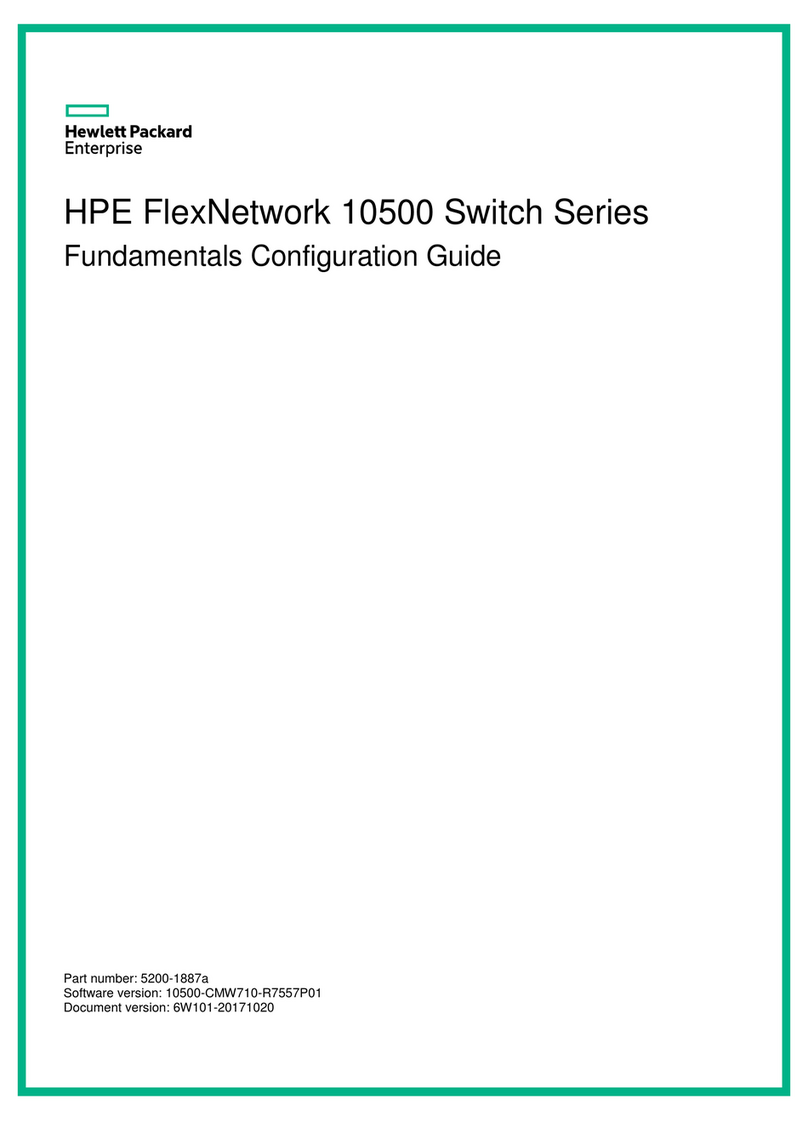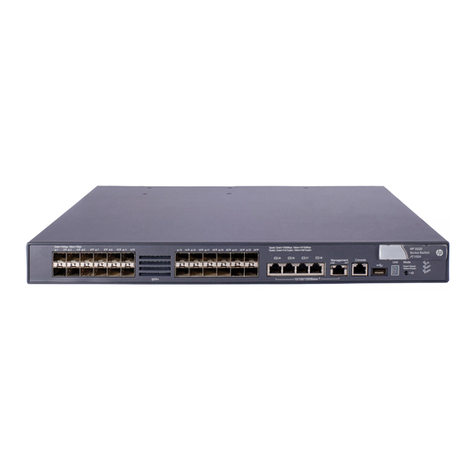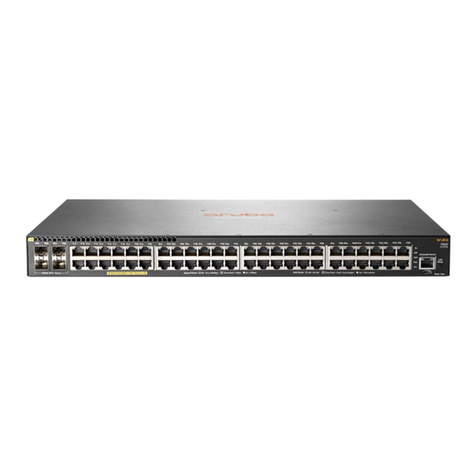
ii
Group policy and simulated joining configuration example············································································ 34
Static port configuration example ······················································································································· 36
IGMP snooping querier configuration example································································································· 40
IGMP snooping proxying configuration example······························································································ 42
Multicast source and user control policy configuration example (available only on the HP 3100 v2 EI)··· 44
Troubleshooting IGMP snooping ·································································································································· 49
Layer 2 multicast forwarding cannot function ···································································································· 49
Configured multicast group policy fails to take effect ······················································································· 49
Configuring multicast VLANs·····································································································································51
Overview········································································································································································· 51
Multicast VLAN configuration task list ························································································································· 52
Configuring a port-based multicast VLAN··················································································································· 52
Configuration prerequisites ·································································································································· 52
Configuring user port attributes ··························································································································· 53
Configuring multicast VLAN ports ······················································································································· 53
Displaying and maintaining multicast VLAN··············································································································· 54
Multicast VLAN configuration examples······················································································································ 54
Configuring MLD snooping (available only on the HP 3100 v2 EI) ······································································58
Overview········································································································································································· 58
Basic concepts in MLD snooping························································································································· 58
How MLD snooping works ··································································································································· 60
MLD snooping proxying ······································································································································· 61
Protocols and standards ······································································································································· 62
MLD snooping configuration task list ··························································································································· 62
Configuring basic MLD snooping functions ················································································································ 63
Enabling MLD snooping ······································································································································· 64
Specifying the version of MLD snooping ············································································································ 64
Configuring IPv6 static multicast MAC address entries····················································································· 65
Configuring MLD snooping port functions··················································································································· 65
Configuring aging timers for dynamic ports ······································································································ 66
Configuring static ports········································································································································· 66
Configuring a port as a simulated member host ······························································································· 67
Enabling fast-leave processing····························································································································· 68
Disabling a port from becoming a dynamic router port ··················································································· 68
Configuring MLD snooping querier ····························································································································· 69
Enabling MLD snooping querier ·························································································································· 69
Configuring parameters for MLD queries and responses ················································································· 70
Configuring the source IPv6 addresses for MLD queries ·················································································· 71
Configuring MLD snooping proxying ·························································································································· 71
Enabling MLD snooping proxying······················································································································· 71
Configuring the source IPv6 addresses for the MLD messages sent by the proxy ········································· 72
Configuring an MLD snooping policy·························································································································· 72
Configuring an IPv6 multicast group filter ·········································································································· 72
Enabling dropping unknown IPv6 multicast data ······························································································ 73
Configuring MLD report suppression ·················································································································· 74
Setting the maximum number of multicast groups that a port can join ··························································· 74
Enabling IPv6 multicast group replacement ······································································································· 75
Setting the 802.1p precedence for MLD messages ·························································································· 76
Configuring an IPv6 multicast user control policy······························································································ 76
Enabling the MLD snooping host tracking function ··························································································· 77
Setting the DSCP value for MLD messages········································································································· 78
Displaying and maintaining MLD snooping················································································································ 78
MLD snooping configuration examples ······················································································································· 79































